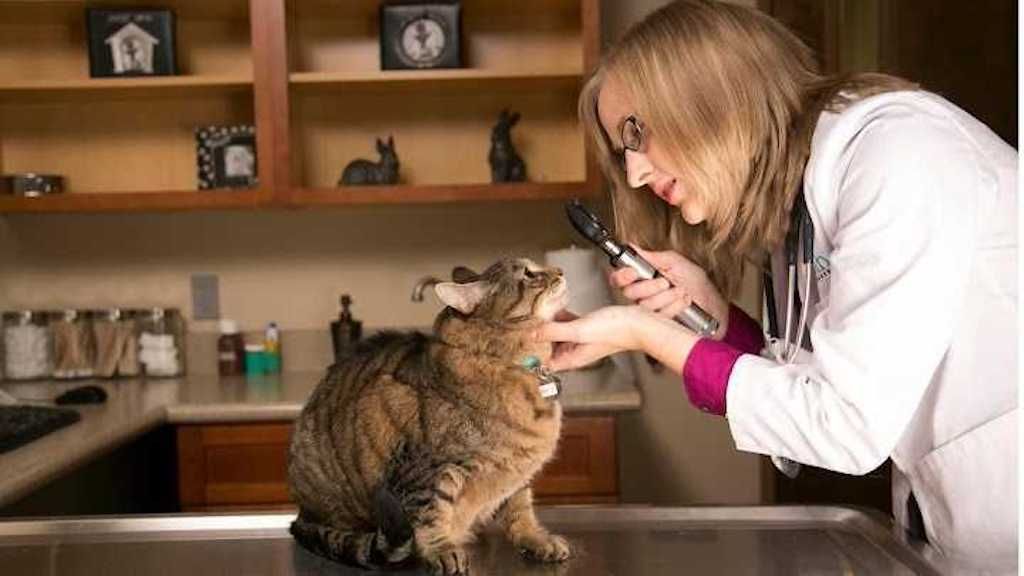No More Woofs - Understanding Your Dog's Behavior
No More Woofs - Understanding Your Dog's Behavior

Every dog parent knows that a Pet is more than just a furry friend—they're part of the family, an endless source of joy, love, and sometimes, a little mystery. Understanding our canine companions means deciphering a language without words, interpreting a wag, a woof, or a whimper, and recognizing the plea in their eyes. Let’s embark on a voyage into the heart of dog behavior, uncovering the secrets behind their actions and learning how to respond with empathy and knowledge. This journey promises to deepen the bond between you and your dog, turning confusion into connection and strengthening the lines of communication. Whether you're a seasoned dog parent or new to the pack, prepare to unlock the door to your dog's world.
Basics of Dog Body Language
It is essential to understanding your dog's non-verbal cues. Tail wagging, for instance, can convey everything from excitement to anxiety, depending on the motion and height. Ear positioning speaks volumes about a dog's mood and attention—pricked ears can mean alertness, while flattened ears may indicate fear or aggression. Facial expressions in dogs are nuanced, with subtle changes around the eyes and mouth revealing contentment, worry, or even subtle signs of discomfort. Posture, too, is a significant part of the equation; a stiff stance could be a sign of alertness or aggression, while a relaxed body usually means a calm and content pooch. Understanding these signals is like learning a new language—one that is key to bonding and successfully communicating with your canine friend.
Vocalization and What it Means
Understanding your dog's social interactions is key to interpreting their behavior and responses to the world around them. Socialization is a critical aspect of a dog's development, influencing how they interact with humans, other dogs, and Pets. A well-socialized dog will exhibit curiosity and confidence, while a less socialized canine may show signs of fear or aggression. It's vital for dogs to have positive experiences with different people, places, and situations from a young age to foster well-adjusted behavior. Social cues like play bows, direct stares, or averting gazes are part of the complex language dogs use to communicate with one another and with us. Learning to understand and respect these cues can improve the bond between you and your dog and help navigate their interactions with others more smoothly.
Social Interactions
Social interactions play a pivotal role in the behavior and overall well-being of dogs. Dogs communicate with humans and their fellow canines through a complex language of body signals, facial expressions, and vocalizations. Proper socialization, which ideally begins at a young age, is crucial as it teaches dogs how to interact appropriately and peacefully with both humans and other Pets. It can significantly reduce the chances of anxiety, fear, and aggression in various situations. Well-socialized dogs are generally more relaxed, friendly, and adaptable, making them better companions and community members.
Behavioral Influences
Dogs, much like people, are shaped by a combination of their genetic makeup, their environment, and their past experiences. A dog's breed can predispose them to certain traits and tendencies, but it's the individual environment and experiences that truly mold their personality and behavior. For instance, rescue dogs often come with a history that can include neglect or abuse, which can manifest in unique behavioral challenges. However, with patience and proper care, many rescue dogs can overcome their past to become loving and well-adjusted Pets. Each dog's journey is unique, and understanding these influences is crucial for providing the right support and training. Specific case studies like the ones below, such as the rehabilitation of a fearful dog or the integration of an adopted dog into a new family, provide valuable insights into the transformative power of a nurturing environment.
Case Studies:
- The Timid Terrier - This study focused on a terrier mix, Bella, rescued from a hoarding situation. Initially, Bella was skittish and displayed fear-based aggression. Over several months, behavioral therapy and a stable home environment helped Bella become a sociable and playful dog. This case highlights the impact of past trauma and the potential for recovery with consistent rehabilitation efforts.
- The Agile Adoptee - Max, a border collie with a high herding instinct, was adopted into a city home. His new family provided agility training as an outlet for his breed-specific traits. The study observed Max’s transformation from a restless Pet to a focused and satisfied athlete, showcasing how accommodating inherent breed characteristics leads to positive behavior outcomes.
- The Urban Rescue - Luna, a rescue from a busy urban shelter, exhibited anxiety in her new rural setting. Through gradual exposure and positive reinforcement, Luna adjusted to her new environment, overcoming her initial fear of open spaces. The case underlines environmental influences and the importance of adaptation in dog behavior.
Training Techniques
Training your dog involves a blend of patience, consistency, and the right techniques. Start with basic commands like 'sit,' 'stay,' 'come,' 'heel,' and 'down.' These form the foundation for good behavior and can be taught using positive reinforcement—rewarding the dog for correct behavior rather than punishing mistakes.
Modern training methods often emphasize this positive reinforcement, focusing on rewarding desired behaviors to encourage repetition. Traditional techniques, sometimes referred to as dominance-based training, often relied on correction or punishment to discourage unwanted behavior. However, many contemporary trainers advocate for force-free methods, which build trust and a positive relationship between the dog and the owner. These methods are not only kinder but often more effective and conducive to long-term behavioral success.
Canine Cognition and Emotional Intelligence
Exploring canine cognition involves looking into how dogs perceive their environment, solve problems, and understand information. Canine cognition studies have shown that dogs have the ability to understand human gestures and commands, exhibit emotional contagion, and even show some level of empathy. They can navigate social complexities within both their species and with humans, suggesting a higher level of intelligence than previously understood.
Dogs' emotional experiences are rich and complex. They experience a range of emotions, including joy, fear, anger, and possibly even love. For example, studies using MRI machines have shown that the same parts of a dog's brain light up when they see their Pet Parents, similar to people when they see someone they care about. Understanding these emotional experiences is crucial in nurturing a supportive environment for them.
Creating a Routine
A consistent routine is immensely beneficial to dogs. It provides a sense of security and predictability, which can significantly reduce stress and anxiety. A regular schedule for feeding aligns with their circadian rhythms, while a consistent exercise routine helps maintain their physical health and manage energy levels. Regular training sessions not only reinforce good behavior but also provide mental stimulation.
Routines help manage and predict behavior by establishing expectations. When a dog knows what to expect and when to expect it, they are less likely to exhibit behaviors stemming from anxiety or boredom. Moreover, routines can assist in house training, reduce the likelihood of destructive behavior, and help integrate training into everyday life seamlessly.
Health and Behavior
Physical health and behavioral health in dogs are deeply intertwined. Poor physical health can lead to behavioral changes – a dog in pain may become irritable or less active, while a dog with dietary deficiencies might become lethargic or show signs of aggression. Regular veterinary check-ups are paramount in detecting and addressing health issues early, which can mitigate or prevent corresponding behavioral problems.
These check-ups allow for early detection of diseases like hypothyroidism or diabetes, which can have behavioral symptoms. Furthermore, veterinarians can provide guidance on diet and exercise tailored to your dog's specific health needs, contributing to their overall well-being and optimal behavior.
Pet Parent's Role
The profound influence a Pet Parent has over their dog's behavior cannot be overstated. It's well-established that dogs are not just receptive to our commands but also to our moods and emotional states. A calm and assertive Pet Parent can foster a sense of security in their Pet, leading to better conduct and compliance. On the contrary, Pet Parents who exhibit inconsistent behavior or anxiety can inadvertently nurture nervousness or disobedience in their dogs. Self-reflection is, therefore, a crucial aspect of responsible Pet Parenthood. By understanding and moderating our own behavior, we can set the stage for positive dog behavior, ensuring a harmonious coexistence.
It’s imperative to reiterate the role of the Pet Parent—not just as a caregiver but as the pivotal influence in a dog's life. The principles of care, consistency, and empathy are the cornerstones of informed and responsible Pet Parenthood. By embracing these ideals, we can enrich the lives of our canine companions and truly become the benevolent leaders they perceive us to be.
It's evident that a well-understood and cared-for Pet is a source of mutual joy. As we look at the roles Pet Parents play and the behavioral cues our Pets give, we realize the importance of comprehensive support. This is where Hannah Pet Hospital's Total Lifetime Care® plans come into focus, offering behavior support among a range of services, ensuring your journey with your Pet is supported every step of the way. For the Pet Parent looking to embrace this full spectrum of care, these plans not only provide medical support but also essential behavioral guidance to nurture a happy, well-adjusted Pet.
RECENT ARTICLES



